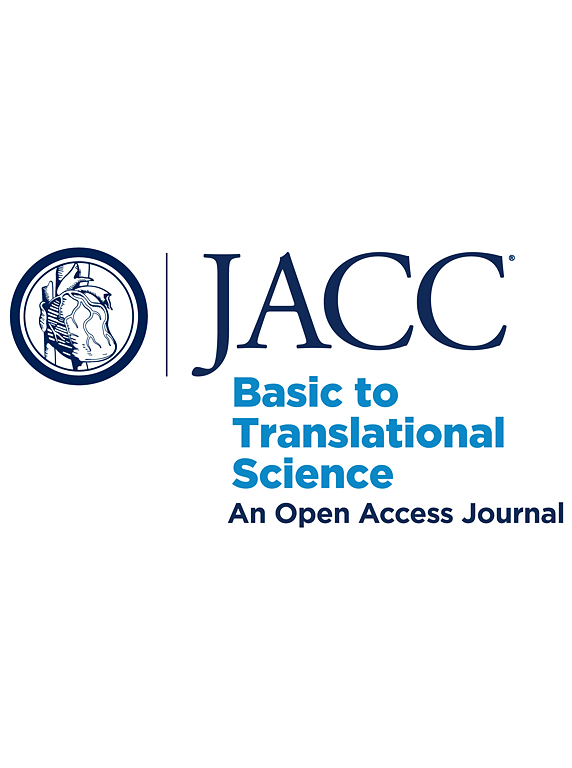精密医学
IF 8.4
1区 医学
Q1 CARDIAC & CARDIOVASCULAR SYSTEMS
引用次数: 0
摘要
日益增加的全球心血管疾病负担的一个重要组成部分是心力衰竭(HF),影响着全世界6400多万成年人。不适应线粒体呼吸改变和氧化应激是心衰发生和发展的主要因素,随后的下游心肌能量损伤是死亡率的重要预测因子。目前的常规治疗方法,包括肾素-血管紧张素-醛固酮系统抑制和β-肾上腺素能阻断,针对HF的神经激素方面,并有效减缓疾病进展。然而,尽管这些疗法可能与心肌能量的改善有关,但它们并不能特异性地解决心肌线粒体呼吸或氧化还原稳态的改变。因此,靶向线粒体已成为一种更有效、更有针对性的治疗方法。这篇综述总结了驱动HF进展的代谢紊乱,并特别关注线粒体。重要的是,在这里,我们解决了该领域的基本知识空白,强调了迄今为止使用的关键翻译策略,以及与治疗靶向线粒体途径相关的挑战,以及寻求部署新的线粒体靶向治疗方法来治疗心衰的最新进展。本文章由计算机程序翻译,如有差异,请以英文原文为准。
Precision Medicine
A substantial component of the increasing global burden of cardiovascular disease is attributed to heart failure (HF), affecting over 64 million adults worldwide. Maladaptive mitochondrial respiratory alterations and oxidative stress are major contributors to HF development and progression, with subsequent downstream myocardial energetic impairment as a strong predictor of mortality. Current conventional therapeutic approaches, including renin-angiotensin-aldosterone system inhibition and β-adrenergic blockade, target neurohormonal aspects of HF and are effective in slowing disease progression. However, although these therapies may be associated with some improvement in myocardial energetics, they do not specifically address alterations in myocardial mitochondrial respiration or redox homeostasis. Targeting mitochondria has hence become a promising approach for more effective and tailored therapies. This review summarizes metabolic derangements that drive HF progression, with a specific focus on mitochondria. Importantly, here we address the essential knowledge gaps in the field, highlighting key translational strategies used to date, and the challenges associated with therapeutically targeting mitochondrial pathways, alongside recent developments seeking to deploy novel mitochondrial-targeted therapeutic approaches to treat HF.
求助全文
通过发布文献求助,成功后即可免费获取论文全文。
去求助
来源期刊

JACC: Basic to Translational Science
CARDIAC & CARDIOVASCULAR SYSTEMS-
CiteScore
14.20
自引率
1.00%
发文量
161
审稿时长
16 weeks
期刊介绍:
JACC: Basic to Translational Science is an open access journal that is part of the renowned Journal of the American College of Cardiology (JACC). It focuses on advancing the field of Translational Cardiovascular Medicine and aims to accelerate the translation of new scientific discoveries into therapies that improve outcomes for patients with or at risk for Cardiovascular Disease. The journal covers thematic areas such as pre-clinical research, clinical trials, personalized medicine, novel drugs, devices, and biologics, proteomics, genomics, and metabolomics, as well as early phase clinical trial methodology.
 求助内容:
求助内容: 应助结果提醒方式:
应助结果提醒方式:


